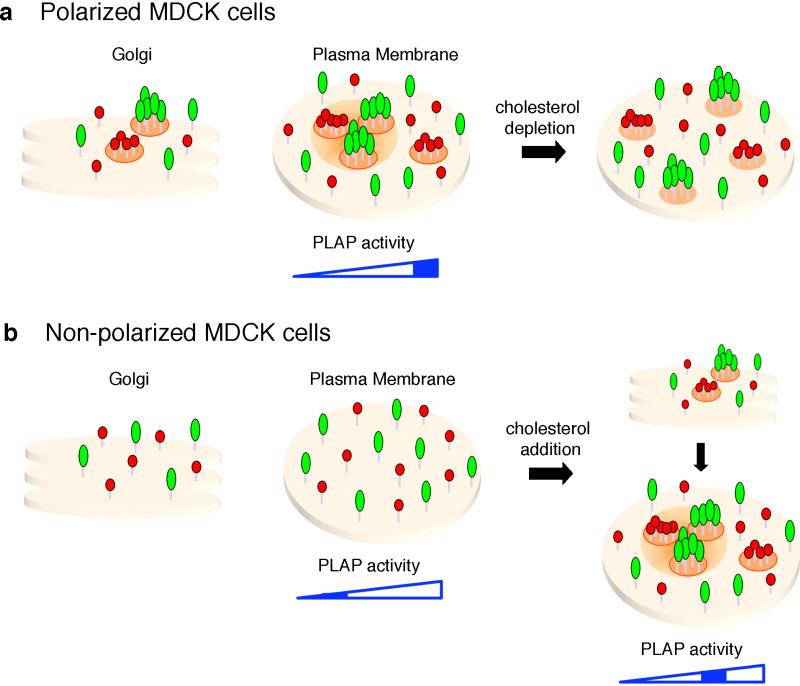Figure 6. Model of GPI-APs organization and activity in MDCK cells.
(a) In polarized MDCK cells, apical GPI-APs form homo-cluster in the Golgi complex and at the plasma membrane are organized into homo-clusters of the same GPI-AP species (red and green aggregates), and hetero-clusters derived from homo-clusters coalescence. Upon cholesterol depletion homo-clusters are unaffected, while the hetero-cluster organization is lost. We postulate that because of their high affinity for cholesterol and saturated sphingolipids, homo-clusters may generate a local enrichment of raft lipids (including cholesterol) within a confined zone that facilitates their coalescence into hetero-clusters, while excluding GPI-AP monomers and other apical components which have less affinity for lipid domains. (b) In non-polarized MDCK cells GPI-APs do not cluster in the Golgi complex and at the plasma membrane remain in the form of monomer and dimer. Upon cholesterol addition GPI-APs cluster in the Golgi and consequently at the plasma membrane assume the same organization found in polarized cells in homo-and hetero-cluster. Note that clustering organization regulates the activity of PLAP, and in polarized cells this depends on clustering/sorting in the Golgi. In this cartoon, two different GPI-APs are represented as monomer, although it is conceivable that dimers would be the basic unit required for supramolecular organization of GPI-APs (see discussion).

